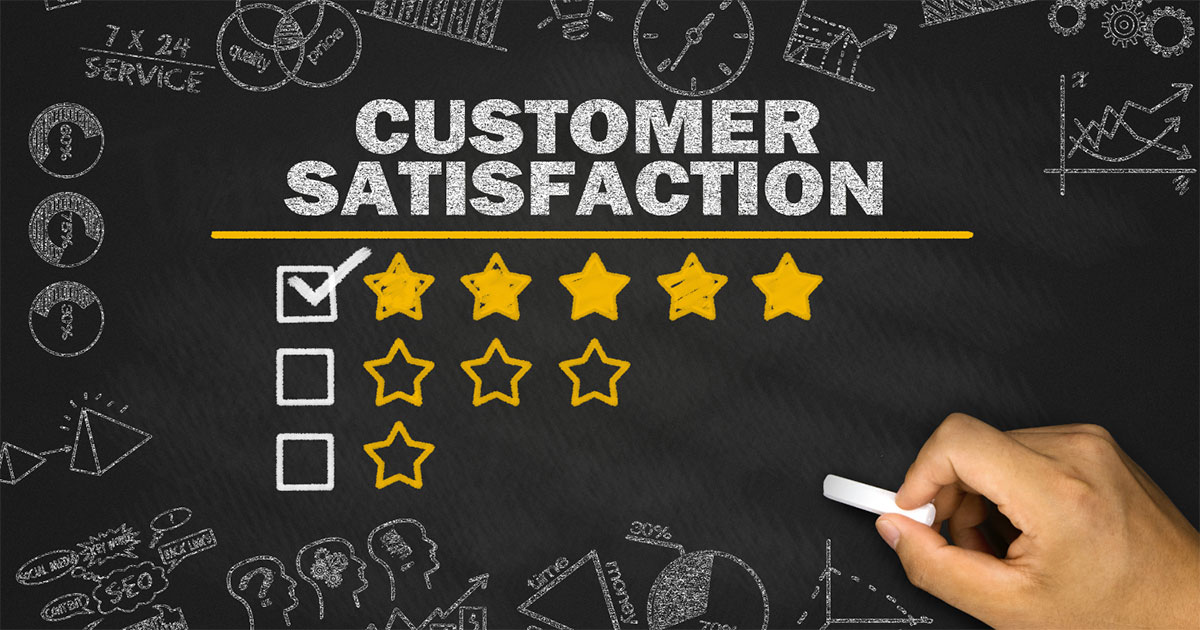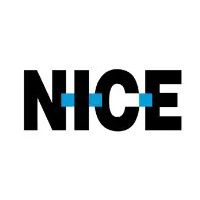As a contact center manager, you've got a lot of metrics to choose from as your key performance indicators (KPIs). In this blog, we help narrow down this long list to help you focus on the call center metrics that, when improved upon, will really help your contact center thrive. So, what are the top metrics you should be looking at? Check out our list below of the most critical call center metrics and KPIs for both inbound and outbound contact centers.
Service Quality
- Customer Satisfaction: Customer satisfaction indicates how your agents performed in solving customer issues. This can be done in a variety of ways, including with Customer Satisfaction Surveys that are sent out after a call or chat.
- Call SLA: A goal based on what % of the calls are answered in X seconds.
Customer Experience
- First Call Resolution: Are you resolving customer issues on the first call? Tracking first call resolution ensures that you are satisfying customers in the shortest amount of time, without the need for any follow-up.
- Average Wait Time: Average wait time tracks how long it takes for customers to connect with an agent who can address their needs.
- Self-Service Usage: Often times, customers can resolve their own issues without needing to get in touch with an agent. Self-service usage tracks whether or not your customers are using self-service options and can indicate that you may need to revisit your IVR set up.
Outbound Dialing
- Conversion Rate: This metric tracks the number of calls or connections that resulted in a positive outcome (sale, money collected, donation taken, etc.).
- Calls per Hour: Are your agents making enough calls per hour? This metric can help you understand high-performing and low-performing agents.
- Abandon Rate: This call center metric tracks how often your outbound calls connect with someone but there isn’t actually an agent available to take the call. Due to legal requirements, call centers can’t have an abandon call rate above 3%, so staying under that number is critical. Our outbound dialer called Personal Connection™ has the ability to throttle down calls based on agent availability, which makes it a lot easier to stay within the legal limit.
Operational Efficiency
- Average Handle Time: Similar to average wait time, average handle time is the total time that a customer spends from initial call/chat/email/social message until their issue is resolved. This includes any wait time, as well as time spent with an agent.
- Call Wrap-Up Time: After most calls, an agent must spend time entering notes or other tasks related to closing out a customer-related issue. Call wrap-up time tracks how long it takes agents to manage this piece.
- Forecast Accuracy: For many call centers, there are regular peaks and valleys in customer inquiries. Being able to forecast calls correctly then is critical for ensuring you are not over or under-staffed at any given time. Forecast accuracy helps track whether or not you are correctly forecasting these periods.
Cost
- Cost Per Call: How much is each call costing your contact center?
- Agent Attrition: Agent attrition is one of the biggest costs that contact centers have, so tracking agent attrition rate is important for reducing your expenses.
- Agent Absenteeism: Are your agents coming in for the shifts that they are scheduled for? Agent absenteeism is another huge cost for call centers and can indicate a need to improve your workforce management.
Are you having trouble tracking any of these metrics in your call center? Contact us today to learn how we can help you better track your call center metrics and KPIs and achieve your goals.



